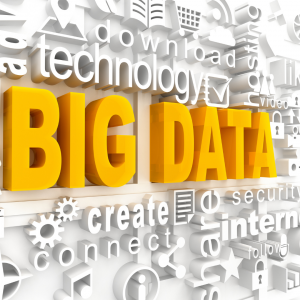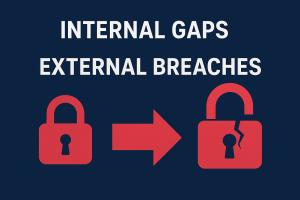Big Data is growing at a rapid rate, to the point where it’s at 90 billion gigabytes per day . It’s no secret that Big Data is here to stay. So how can you prepare your team or get ahead of the game in your niche?
Understanding big data helps us better understand how to make more effective business decisions using the right data, and using it to analyze problems in a different way than before.
What is Big Data?
It is just a given that every company has its own way of collecting data. For example, they may create special logs, keep track of the number of calls they make or collect other information about their employees and customers. With so much information being collected, though, it can be hard to keep track of it all.
Big data is a collection of large sets of data, most commonly stored in digital form that requires creativity and analytics to be extracted value from. When big data is analyzed, patterns and trends are produced. Big data is analyzed with programming languages. It can be processed through algorithms. In practice, there is no exact definition as to what constitutes big data, but it is generally agreed upon that big data comprises at least twenty terabytes of information or more.
Uses of Big Data
Big data is a term used to refer to any collection of data sets so large and complex. Because of this it becomes difficult to process by using database management tools or any traditional data processing method. Data corresponding to this definition is often stored in raw format, requiring substantial pre-processing before it can be analyzed. Big data is combined with two areas: business intelligence (BI) and analytics, which focus on extracting information from large volumes of structured data, and complex event processing (CEP), which focuses on stream processing of live and historical data captured from sensors, devices, video feeds and social media sites.
If you’re going to make use of the Big Data trend, you need to keep the following things in mind: Big Data will allow companies to offer better service. It can be access to thorough customer businesses, Customer profiles and it can deliver services and products For instance when analyzing customer loyalty trends with industry benchmarks, a company can provide better service that meets its customers’ needs. Big Data will give companies an advantage over competitors. Companies that don’t use Big Data strategies risk falling behind their competitors who do. To stay competitive in the business world today, a company needs access to timely information about customers and new market opportunities that can be gleaned from information gathered from Big Data.
Common mistakes that you should avoid
There are many ways to mismanage data. Here are some common mistakes that you should avoid. A common mistake is to think you can simply buy a product from the market that will enable you to work with data and then you will be able to manage it well and with ease. This is not true, as there are no magical products that will do all the work for you. You have to use your own knowledge and skills in order to manage data effectively.
A very common mistake that company can make when working with big data is believing that they can get rid of it once they have extracted all the information, they need from it. This is a very bad mistake because once the information has been extracted, there is still a lot of value left in the data. data help to generate useful value by analyzing different variables that are related to each other. If data is not analysis, then data will be just a bunch of words without any useful context or meaning, which goes against the purpose of using data in the first place. Another common mistake made when working with data is not using technology tools that were developed specifically for this type of work. The reason for this is that traditional analytics software was designed for analyzing small
Big data is exciting, but it doesn’t have to be overwhelming. With the right mindset and resources, we can collect, analyze and maintain big data just as effectively as we use small data. Where big data fails us is that it can often cause us to jump to the wrong conclusions or make decisions based on incomplete information.
Connect us for more information






